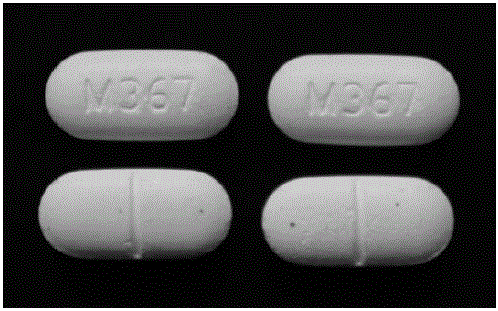Doctors Not Advising Parents to Dispose of Pain Meds
/By Pat Anson, Editor
Keeping prescription opioids away from children may seem like a no-brainer, but a surprising number of parents fail to do that. And their doctors are part of the problem
Nearly half of parents whose child had opioid pain medication leftover from a surgery or illness say they kept the painkillers at home, according to a report by the C.S. Mott Children's Hospital National Poll on Children's Health. In many cases, an excess amount of opioids was prescribed and doctors did not advise parents to dispose of the leftover medication.
"We found that the amount of pain medication prescribed for children is frequently greater than the amount used, and too few parents recall clear direction from their provider about what to do with leftover medication," says Matthew Davis, MD, director of the poll and professor of pediatrics and internal medicine at the University of Michigan's C.S. Mott Children's Hospital.
"This is a missed opportunity to prevent prescription drug misuse among children. Many parents simply keep extra pain pills in their home. Those leftover pills represent easy access to narcotics for teens and their friends."
The survey results are based on a poll of nearly 1,200 parents with at least one child aged 5 to 17.
Nearly a third of the parents (29%) said their child had been prescribed at least one pain medication in the last five years. Most prescriptions (60%) were for opioids such as oxycodone and hydrocodone, while only 8% were for non-opioid pain relievers. Nearly a third of the parents could not recall the type of medication their child was given and half said they had pain medication leftover.
Most parents said their child’s healthcare providers discussed how often to take the medication (84%), when to cut down (64%) and possible side effects (61%). But only a third (33%) reported that the doctor discussed what to do with leftover medication.
“The majority of parents did not recall getting direction from their child’s provider on what to do with leftover pain medication; without guidance, many parents simply kept the extra pain pills in the home,” the report said.
“This raises a fundamental question about how providers approach the task of prescribing pain medication to children: are they prescribing ‘just enough’ medication for a standard recovery, or additional doses ‘just in case’ there is prolonged pain? Providers should make careful decisions regarding the amount of narcotic pain medication prescribed to children, and parents should feel comfortable asking questions about the amount of medication prescribed.”
What did the parents do with leftover pain medication? Nearly half (47%) kept the drugs at home, while 30% disposed of it in the trash or toilet.
Only 8% returned it to the doctor or pharmacy, 6% used it for other family members and 9% didn't remember what they did with them.
Twice as many parents (56%) with no guidance from their provider kept leftover pain pills at home, compared to parents whose providers discussed what to do with them (26%).
“Parents need clearer guidance on all aspects of administering prescription medications for their children. This is particularly true for pain medication,” the report found.

























